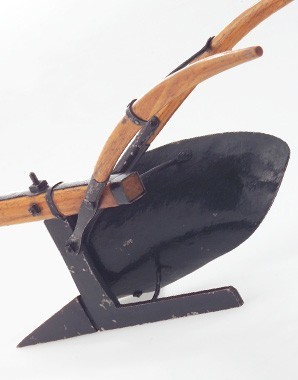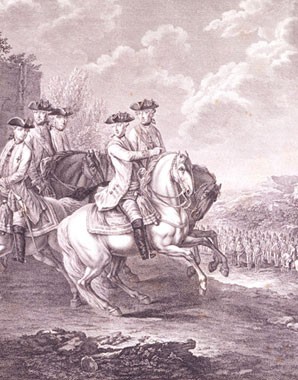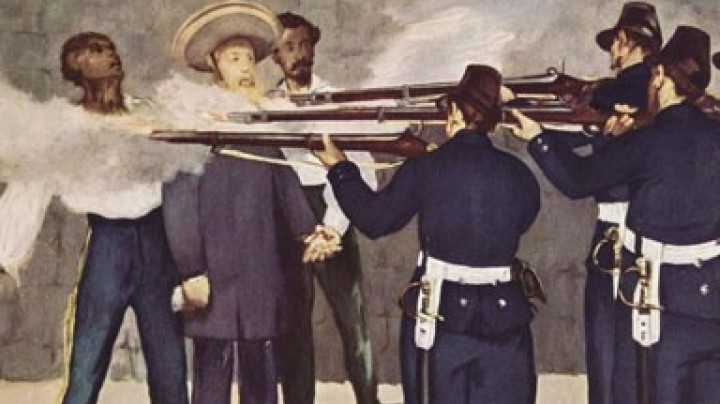What is put on the table is eaten! A short history of the potato
How the ‘earth-apple’ made its way from the elegant gardens of the Monarchy onto the everyday menu.
If you glance at present-day menus it is virtually impossible to imagine that the potato only came to Europe some 500 years ago. However, many years passed before the vegetable became widespread and was grown and eaten by the majority of people. It was not until the second half of the eighteenth century that the potato established itself as a staple food in large areas of the Habsburg monarchy. At first it was an exclusive plant, cultivated in the gardens of the Court, the aristocracy and monasteries. The bourgeoisie regarded the potato as both progressive and genteel. The lower social classes liked the potato because it was relatively easy and cheap to grow and cook and because it yielded much bigger crops than cereals. The potato was particularly popular in Vorarlberg, in the upper Inn valley in Tyrol, in the Mühlviertel district of Upper Austria and in the Waldviertel district of Lower Austria. Growing and harvesting the potato did not require either a large area that could be farmed or expensive equipment, or even animals. A similarly ‘small’ amount of effort and expenditure was required to grow maize, which was widely cultivated somewhat earlier than the potato. Both crops were cultivated above all in those places where other varieties of grain produced only small yields.
The wars of the eighteenth century also promoted the spread of maize and the potato: the Seven Years’ War (1756-63) and the Napoleonic Wars at the end of the eighteenth and the beginning of the nineteenth centuries led to famines, during which these cheap crops with their large yields provided the population with a way out. The war of Bavarian Succession (1778-9) was known at the time as the ‘potato war’, because problems in getting supplies to soldiers led to them plundering villages to search for food.















